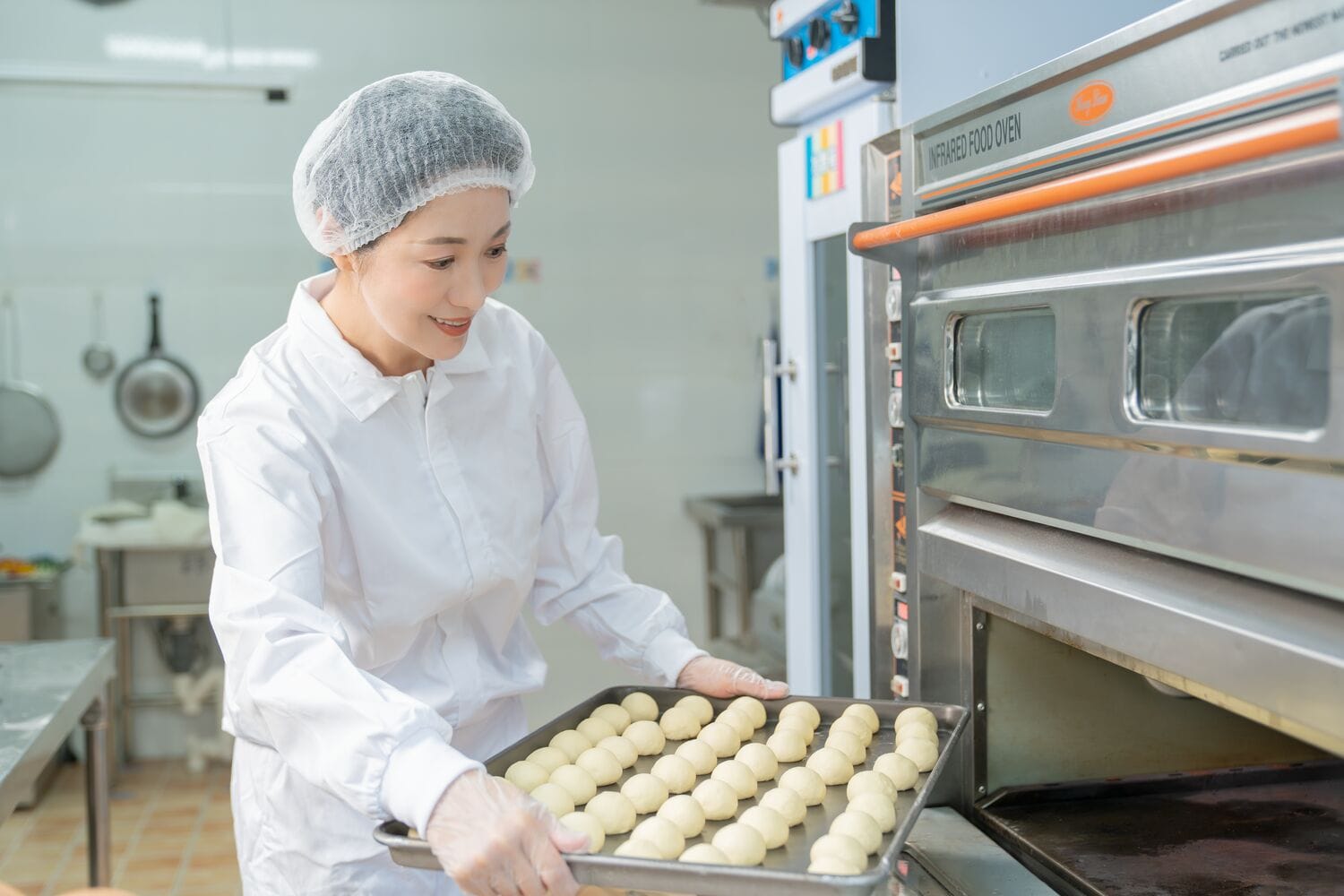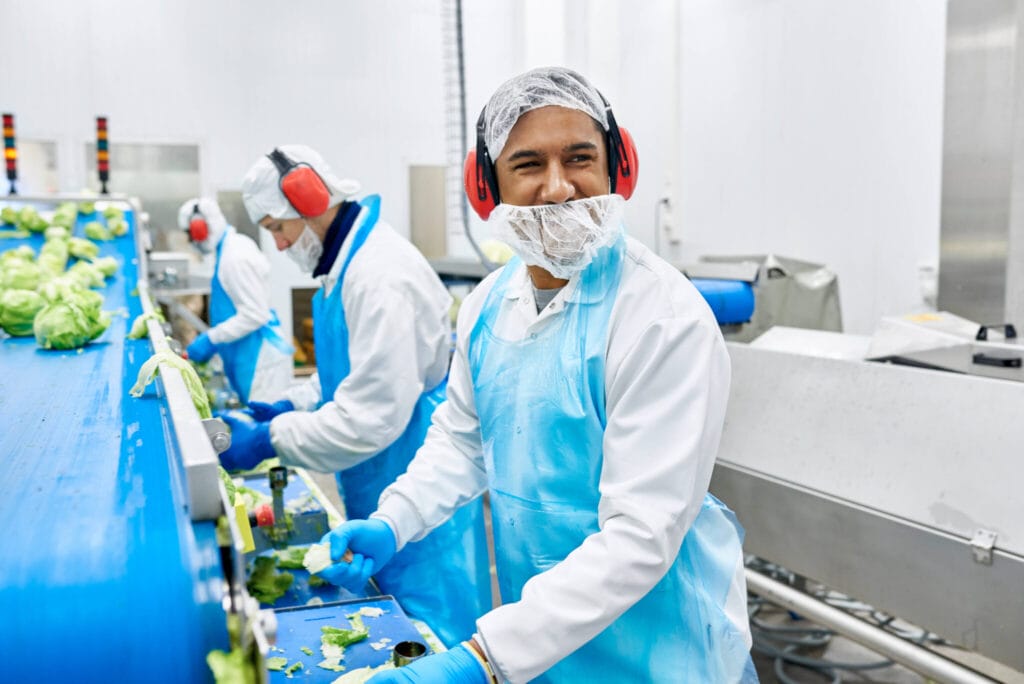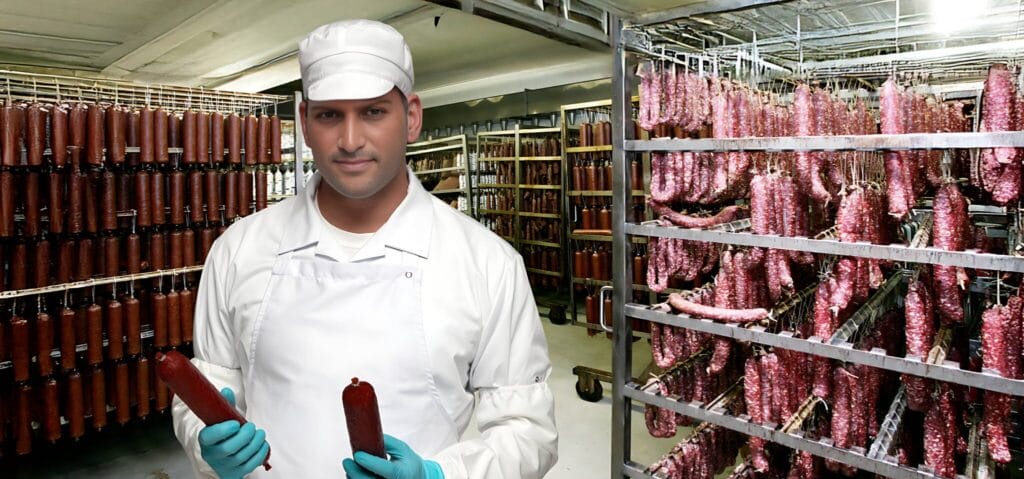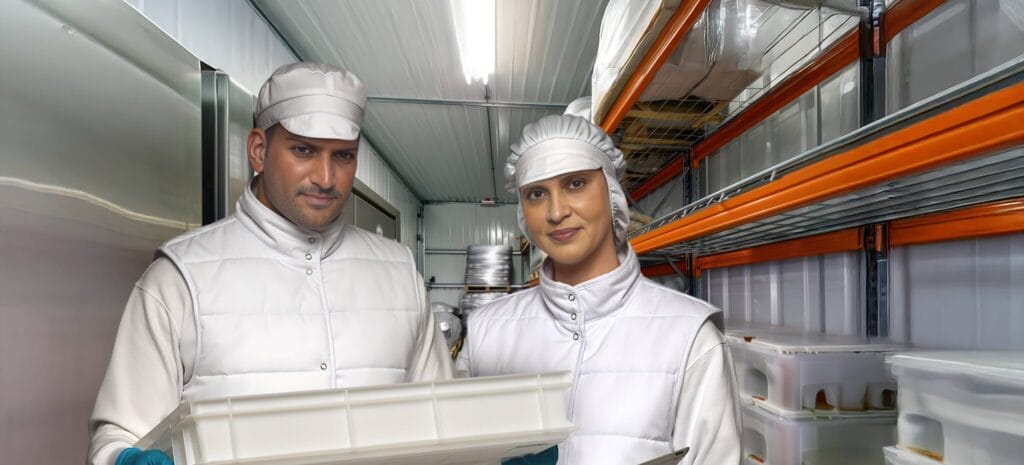
The essential guide to choosing workwear in food industry
Choosing the appropriate workwear can significantly impact your company’s success in the food sector. Workwear is essential to your everyday operations, from protecting the security of your employees to presenting a professional image to your clients. Choosing suitable workwear for your team might take much work with so many options on the market. But have no fear—this manual is here to assist! This article will examine essential factors to consider while selecting workwear for the food sector. So let’s get started and prepare success for your food industry firm with the best workwear!
Contamination control and the role of protective workwear
The food business prioritises contamination control since even the smallest amount of contamination can have detrimental effects on consumer health. Protective equipment is essential to stop the spread of pollutants in food processing facilities. Protective clothing, which ranges from gloves and hairnets to full-body suits, creates a barrier between the wearer and the environment to lower the chance of cross-contamination.
Protective clothing is a critical component in maintaining food safety standards, as it helps to minimise the risks of food contamination during processing and handling. Correctly choosing protective clothing depends on the task, the level of protection required and the potential hazards involved. For example, a food handler may need to wear a hairnet and gloves to prevent hair and skin cells from entering the food, while a worker in a meat processing plant may need to wear a full-body suit to protect against the spread of harmful bacteria. Here are some reasons why it is essential to choose protective clothing used in the food industry:
#1 EMPLOYEE SAFETY IS ASSURED BY WORKWEAR
Employees can reduce the risk of injury and disease while doing their responsibilities by donning the proper protective apparel. Workwear in construction, manufacturing and healthcare industries shields employees from multiple hazards, including chemical spills, burns, cuts and exposure to infectious agents. Employees can feel confident and secure in their work environment by providing and wearing the appropriate workwear, leading to a more positive and productive work experience. Workwear is essential to workplace safety, and employers must prioritise providing appropriate protective clothing to their employees. Doing so can ensure their employees’ safety and well-being while promoting a positive and productive work environment.
#2 PERSONNEL UNIFORMS AVOID CROSS-CONTAMINATION
Cross-contamination is a severe issue in the food industry and can result in foodborne illnesses that pose a significant risk to consumer health. Staff uniforms create a physical barrier between the wearer and the food, minimising the chances of harmful microorganisms and other contaminants entering the food processing or handling area. Different types of personnel uniforms are available in the food industry, ranging from hairnets and gloves to full-body suits and face shields. These uniforms are designed to provide different levels of protection depending on the task at hand and the potential hazards involved. However, it is essential to ensure that they are used correctly and regularly to maintain high levels of hygiene and safety.
#3 STAFF WORKWEAR HELP BUILD BRAND REPUTATION
Staff workwear can be vital in building a positive brand reputation and company image. Employees wearing a uniform or workwear that reflects the company’s values and culture creates a consistent and professional image. When employees wear a uniform, it gives the impression that the company takes its image and reputation seriously. It also indicates that the employees are committed to their roles and responsibilities and take pride in their work. Staff workwear can also help in building brand recognition. Customers can more easily recognise a brand when workwear is made with its emblem and colours. This may contribute to building a solid brand name and reputation. Customers often associate staff workwear with professionalism and reliability. Employees wearing a uniform or workwear can give customers confidence in the company and its services. This can lead to increased customer satisfaction and loyalty.
#4 INTERNAL SYSTEMS AND CONTROLS ARE SET UP BY WORKWEAR
Workwear serves many functions in the workplace beyond protecting employees. It can also establish community and teamwork, enhancing the overall work environment. Employees wearing uniforms or similar workwear create a sense of unity and foster a team spirit. This is especially important in industries where employees work long hours or perform physically demanding tasks. Workwear can also contribute to a safer workplace by providing a visual indicator of an employee’s role and responsibilities. Colour-coded uniforms help to maintain internal safety systems by identifying which departments employees belong to. This prevents cross-contamination and ensures that the standards are maintained. Therefore, employers need to choose appropriate workwear for their employees that meets the specific needs of their industry and work environment.
Exploring the Various Types of Protective Clothing Used in the Food Industry
The different types of protective clothing used in the food industry and their functions:
Hairnets and Head Coverings:
They stop stray hair or dandruff from contaminating food by falling into it. Employees should use hairnets, beard nets or other head coverings with long or facial hair.
Aprons:
Aprons protect the torso and upper legs from food spills, splatters and other food-related detritus. They come in various materials, including cotton and plastic and should be changed frequently to prevent cross-contamination.
Gloves: Wearing gloves helps prevent bacteria on the hands from being transferred to food and protects the wearer from harmful chemicals. Gloves should be changed frequently, especially after touching raw meat, and workers should avoid touching their faces or other surfaces while wearing them.
Footwear:
In the kitchen or other areas where food is being processed, protective footwear, such as slip-resistant shoes, is crucial for avoiding slips, trips and falls. Moreover, open-toed footwear and sandals should be avoided by workers to prevent foot injuries.
Gowns and Coveralls:
They are frequently utilised in cleanroom environments or locations where food is being processed because they offer full-body protection from contamination. They should be changed often and worn over regular clothing to avoid cross-contamination.
Face Masks:
Masks are crucial in preventing the spread of airborne bacteria and viruses. It is essential to wear them when coughing or sneezing to protect others from the spread of germs. During a pandemic or outbreak, masks are even more critical and should be changed regularly to ensure effectiveness.
Lindstrom – Your Partner in Providing the Best Workwear Solutions for the Food Industry
Choosing the appropriate workwear for the food sector is crucial to uphold strict safety and hygiene standards. Selecting workwear designed for the food sector can help employers protect employees from infection and other risks.
Lindstrom, a leading workwear rental service provider, offers a wide range of workwear solutions for the food industry. Our workwear is created to adhere to industry norms and regulations, protecting workers from risks and preserving hygienic standards. The workwear rental services offered by Lindstrom are a practical and affordable option for businesses in the food sector. We handle all process aspects, from customisation and design to laundry and maintenance, allowing companies to concentrate on their primary business operations.
By partnering with Lindstrom, companies in the food industry can benefit from high-quality workwear solutions tailored to their specific needs. With over 170 years of experience in the the textile industry, Lindstrom has the expertise and knowledge to provide customised solutions that meet the highest standards of quality, hygiene and safety.





